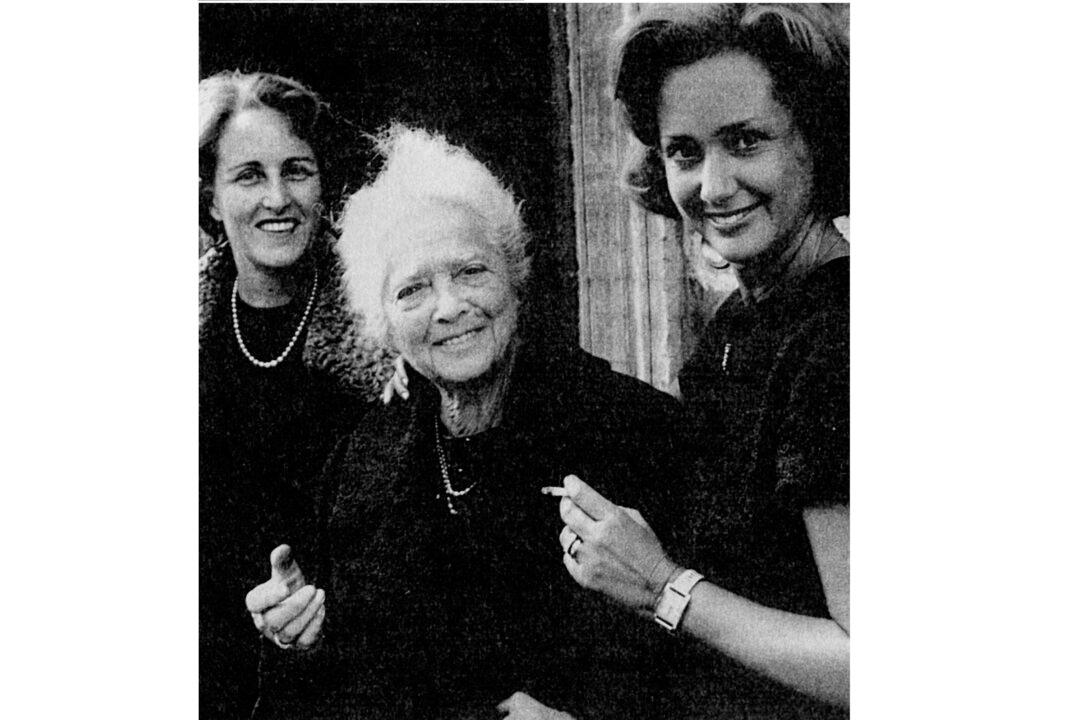For Tuscans, beans are a source of pride and identity. The legumes are so intertwined with the region’s food culture and traditions that Florentines are known as “mangiafagioli,” or “bean eaters.”
Beans are one the most representative ingredients of Tuscan cucina povera, the inventive, honest peasant cooking capable of transforming a few, poor ingredients into nutritious and filling dishes.





